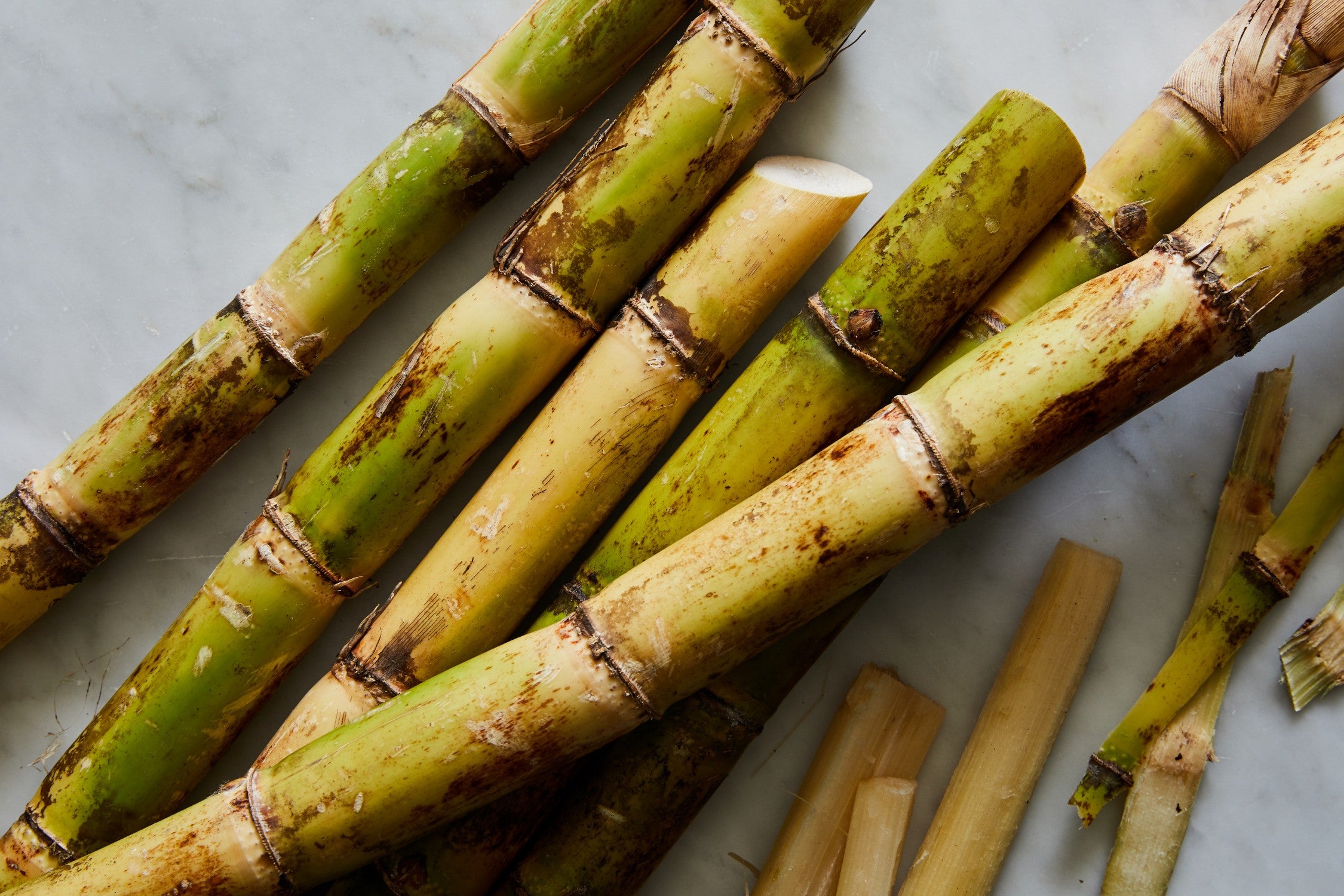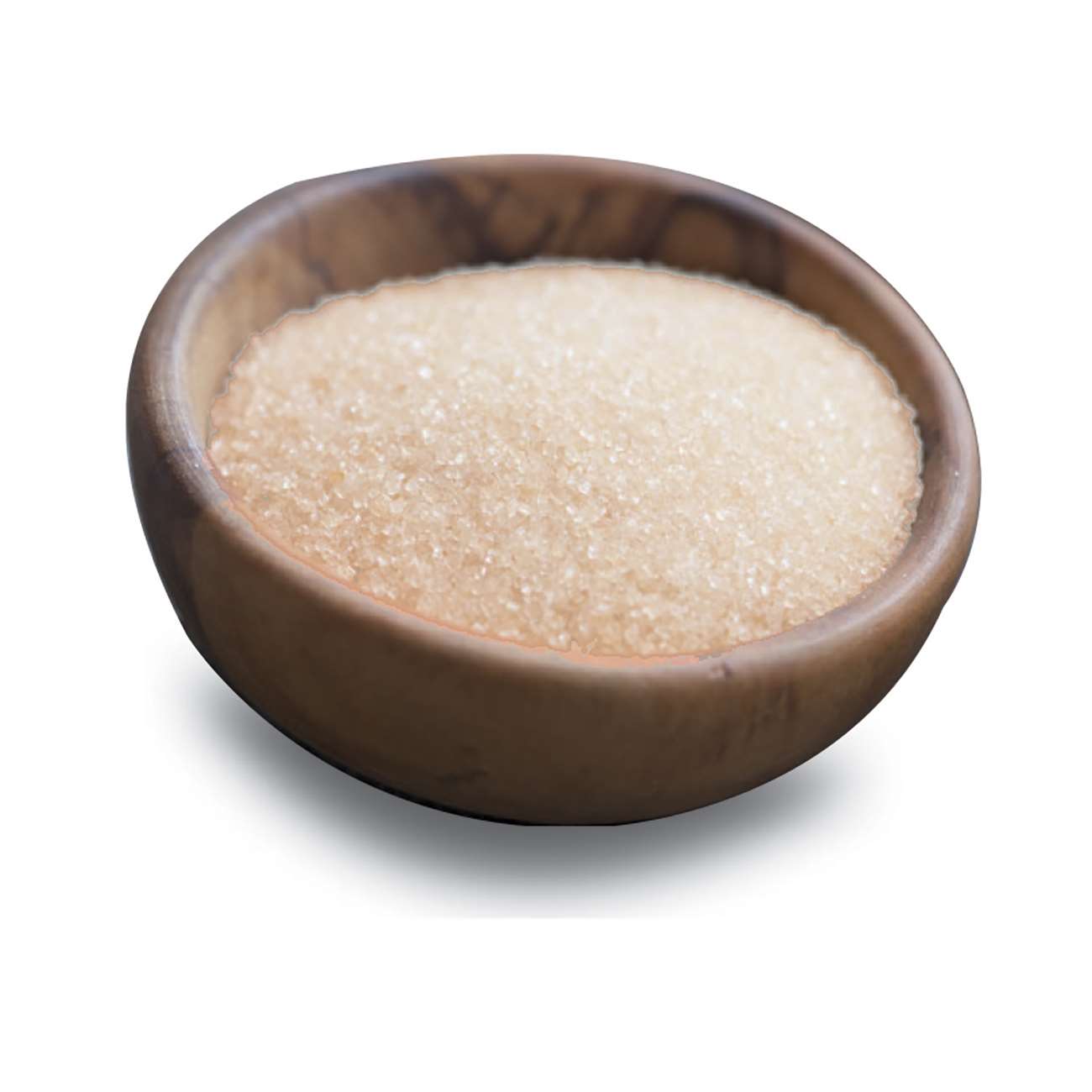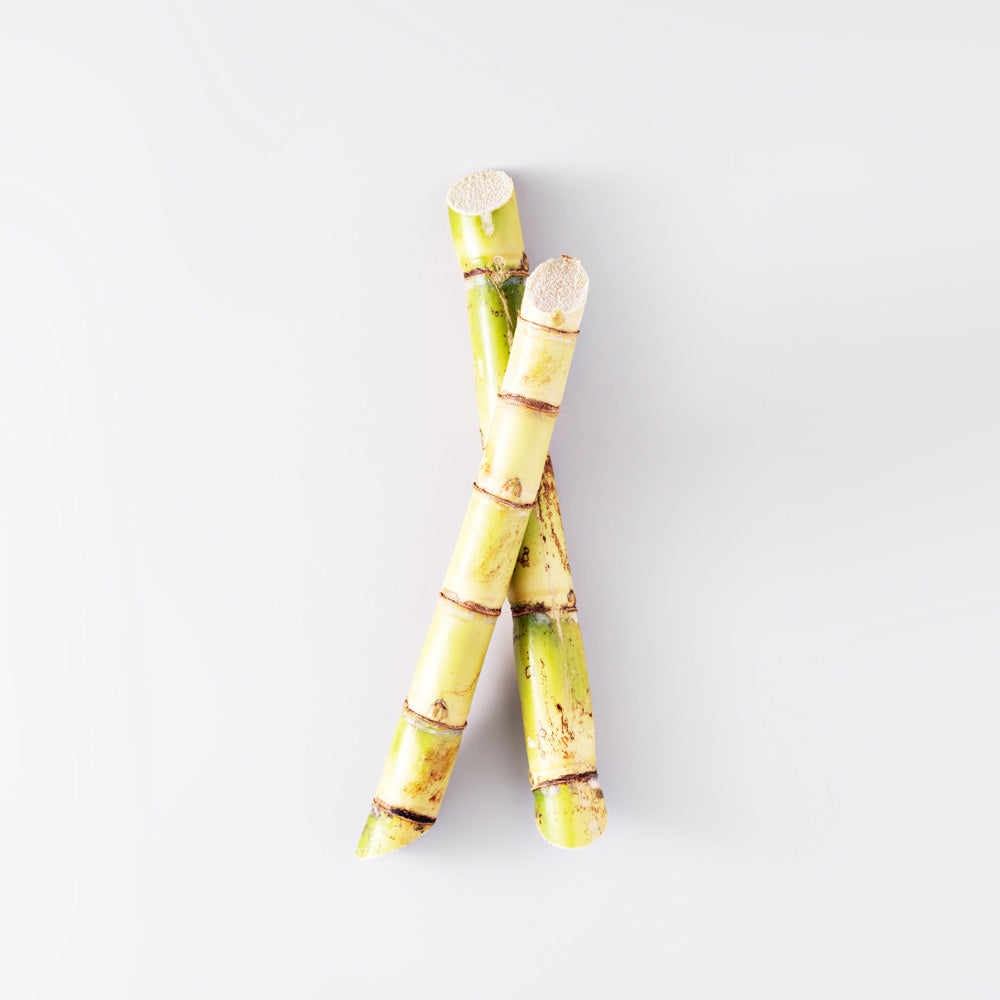Checking Out the Comprehensive Steps Entailed in Cane Sugar Processing From Collecting to Refinement
The procedure of walking stick sugar production incorporates a series of elaborate actions, starting with the careful harvesting of sugarcane and culminating in the refinement phases that guarantee the last item meets sector standards. Each phase, from the extraction of juice to the filtration and formation procedures, plays an important duty in determining the top quality and personality of the sugar.
Harvesting Sugarcane
Harvesting sugarcane is a vital action in the walking cane sugar handling chain, as it straight influences the high quality and yield of the final product. Proper timing and methods are necessary throughout this phase to guarantee optimum sugar content and decrease losses. Normally, sugarcane is gathered when it reaches maturation, typically 12 to 18 months after growing, characterized by a high sucrose concentration.

Post-harvest, the sugarcane must be refined promptly to protect against sucrose destruction. Preferably, gathered walking stick ought to be delivered to refining centers within 1 day to preserve sugar quality. Therefore, effective logistical planning is essential to preserve the honesty of the collected crop throughout the supply chain.
Removal Refine

The smashed cane undergoes a collection of pushing operations to take full advantage of juice healing. Typically, hot water is splashed onto the smashed walking stick, producing a countercurrent circulation that helps liquify the sugar while likewise helping in the extraction procedure. The juice gathered from this operation has not just sugar however also numerous organic compounds and contaminations.

To improve removal performance, some centers might use diffusion methods, where the sugarcane is saturated in warm water, enabling the soluble sugars to diffuse right into the fluid. The resulting juice, abundant in sucrose, is then guided to subsequent processing stages, laying the foundation for purification and refinement. The extraction process is thus critical in figuring out the high quality and return of the last sugar product.
Purification Methods
The filtration strategies used in walking cane sugar processing are vital for changing the raw juice right into a high-grade sugar product. These approaches largely intend to eliminate impurities, such as soil, plant materials, and inorganic materials, which can detrimentally influence the last product's flavor and color.
Among one of the most typical purification strategies is clarification. This procedure entails adding lime and heat to the raw juice, which assists in the coagulation of pollutants. The resulting precipitate is then gotten rid of via he said sedimentation or filtering, generating a more clear juice. Additionally, using phosphoric acid can improve the explanation procedure by more binding contaminations.
Another considerable method is carbonatation, where carbon dioxide is presented to the made clear juice. This reaction generates calcium carbonate, which catches staying contaminations and promotes their elimination.
In addition, triggered carbon therapy may be used to adsorb any type of continuing to be colorants and organic contaminations, making sure a much more polished product. The mix of these techniques effectively prepares the sugar juice for succeeding action in the refining procedure, setting the phase for the manufacturing of premium walking stick sugar.
Condensation Methods
After the filtration stage, the next critical step in walking cane sugar handling includes formation techniques, which play a pivotal duty in changing the clarified juice into strong sugar. This procedure typically utilizes 2 main approaches: spontaneous crystallization and regulated crystallization.
In spontaneous formation, supersaturated sugar services are permitted to cool normally, resulting in the formation of sugar crystals gradually. This method is site here less complex but might cause uneven crystal sizes and lower purity levels. On the other hand, managed condensation is an extra accurate method where temperature level, seeding, and focus agents are meticulously handled. This technique permits the consistent development of sugar crystals and higher purity.
Throughout formation, the clarified juice is focused with dissipation, enhancing its sugar content up until it gets to supersaturation. Once this factor is achieved, either technique can help with the crystallization procedure. Cane Sugar Processing. The resultant sugar crystals are after that separated from the remaining syrup via centrifugation
Ultimately, the choice of formation approach affects the quality, size, and pureness of the final sugar product, making this action important in the overall cane sugar handling procedure.
Refinement and Packaging
How can the purity and quality of walking cane sugar be better boosted after formation? The improvement process plays a vital duty in attaining top notch walking cane sugar. Adhering to condensation, sugar goes through a detailed cleaning to get rid of pollutants and residual molasses. This is generally accomplished using warm water or steam, which helps liquify and extract undesirable elements while protecting the sugar crystals.
Next, the sugar goes through a procedure called centrifugation, where it is spun at broadband to divide the purified sugar crystals from the staying fluid. After centrifugation, the sugar is typically further improved via a method called carbonization or phosphatation, which utilizes turned on carbon or phosphoric acid to get rid of shade and off-flavors.
Once refined, the sugar is dried to achieve the preferred wetness content, making sure that it continues to be stable during storage and transportation. The last action entails product packaging the refined sugar in moisture-proof and airtight containers to preserve its quality and avoid contamination. Cane Sugar Processing. Correct product packaging not only extends life span but likewise facilitates simple handling and circulation, making sure that customers get sugar that fulfills the greatest standards of purity and quality
Final Thought
The Cane Sugar Processing comprehensive steps associated with walking stick sugar handling, from the meticulous harvesting of sugarcane to the detailed refinement and product packaging stages, highlight the significance of each stage in ensuring high-grade sugar manufacturing. Optimum harvesting techniques, effective removal methods, and extensive filtration procedures jointly add to the last product's purity and stability. The formation and succeeding packaging methods further enhance the stability and service life of the sugar, highlighting the intricacy and accuracy intrinsic in this crucial farming market.
The procedure of walking cane sugar manufacturing incorporates a series of elaborate steps, starting with the careful harvesting of sugarcane and culminating in the refinement stages that make sure the last item fulfills sector requirements. Preferably, collected walking cane ought to be moved to refining facilities within 24 hours to preserve sugar high quality.In spontaneous formation, supersaturated sugar solutions are permitted to cool down naturally, leading to the formation of sugar crystals over time - Cane Sugar Processing. The improvement process plays a vital role in attaining top notch cane sugar.The thorough steps included in cane sugar processing, from the thorough harvesting of sugarcane to the elaborate improvement and packaging stages, emphasize the importance of each stage in ensuring top notch sugar production